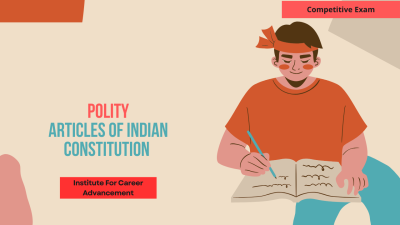Simon Commission
The Simon Commission was a British-appointed body established in 1927 to review the political situation in India and recommend constitutional reforms. It was headed by Sir John Simon, but it faced widespread opposition because it had no Indian members, leading to accusations of disregarding Indian representation. Indian political leaders, including the Indian National Congress, strongly boycotted the commission. The protests against the Simon Commission, particularly the slogan "Simon Go Back", marked a significant step in the struggle for Indian independence, intensifying demands for full self-governance and eventually contributing to the rise of the Civil Disobedience Movement. সাইমন কমিশন ছিল ভারতের রাজনৈতিক পরিস্থিতি পর্যালোচনা এবং সাংবিধানিক সংস্কারের সুপারিশ করার জন্য 1927 সালে প্রতিষ্ঠিত একটি ব্রিটিশ-নিযুক্ত সংস্থা। এটির নেতৃত্বে ছিলেন স্যার জন সাইমন, কিন্তু এটির কোনও ভারতীয় সদস্য না থাকায় এটি ব্যাপক বিরোধিতার মুখোমুখি হয়েছিল, যার ফলে ভারতীয় প্রতিনিধিত্বকে অবজ্ঞা করার অভিযোগ ওঠে। ভারতীয় জাতীয় কংগ্রেস সহ ভারতীয় রাজনৈতিক নেতারা কমিশনকে তীব্রভাবে বর্জন করেছিলেন। সাইমন কমিশনের বিরুদ্ধে বিক্ষোভ, বিশেষত "সাইমন গো ব্যাক" স্লোগানটি ভারতের স্বাধীনতার সংগ্রামে একটি উল্লেখযোগ্য পদক্ষেপ হিসাবে চিহ্নিত হয়েছিল, যা পূর্ণ স্বায়ত্তশাসনের দাবি জোরদার করেছিল এবং শেষ পর্যন্ত আইন অমান্য আন্দোলনের উত্থানে অবদান রেখেছিল।
English
Last updated
Thu, 27-Feb-2025



















